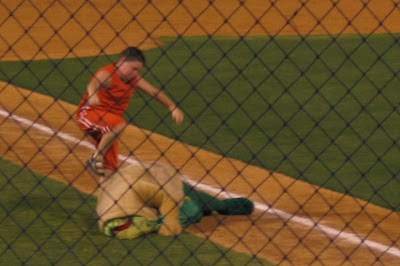For years this eastern part of downtown Dallas was the center of black commerce and culture. It was situated between the Central Business District and the rich Swiss Avenue residences. The area got its start in 1884 the first factory, the Munger Improved Cotton Machine Company, opened in what is now Deep Ellum. In 1913, Henry Ford opened an assembly plant here to manufacture the Ford Model T. In 1916, the first building built for and by blacks in Dallas—The Grand Temple of the Black Knights of Pythias—was built.
In the 1920's and 30's Deep Ellum was the prime jazz and blues hotspot in the South. Artists inluding Blind Lemon Jefferson, Robert Johnson, Huddie "Leadbelly" Ledbetter, and Bessie Smith played in Deep Ellum clubs. After decades of neglect and decay, the area has re-emerged as the home of Dallas' artist and counter culture. At one point, Deep Ellum had become such a popular attraction that the streets often were blocked off to traffic, especially on weekends.
Today, Deep Ellum struggles with high rents, zoning restrictions on businesses, and a perception of a high crime rate that has made people reluctant to visit the area. A recent visit visit to the area show's and Deep Ellum is still struggling to survive.
The "Big Blue Dot" marks the entrance to "Deep Ellum"

Home to the Hot Rod and Tattoo Culture,
nothing says retro like an old Ford Coupe

another take on the classic Ford coupe.

This is the place to find a local watering hole.
And what better than The Elm St. Bar?

Street art is everywhere in Deep Ellum

Several former warehouses have been adapted to urban housing.

Several building have art deco influences

Even with the transition to young and hip, Deep Ellum is still a meeting place for the African-American community.

Here's the view from Elm St. toward modern downtown Dallas.




























